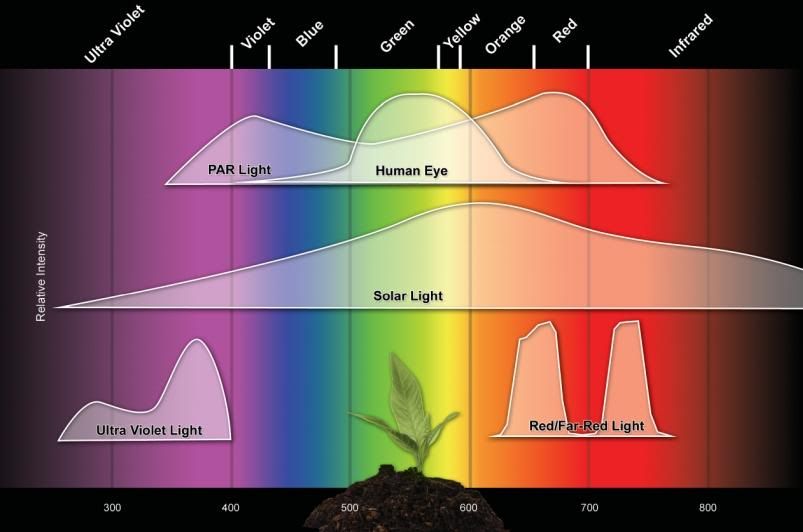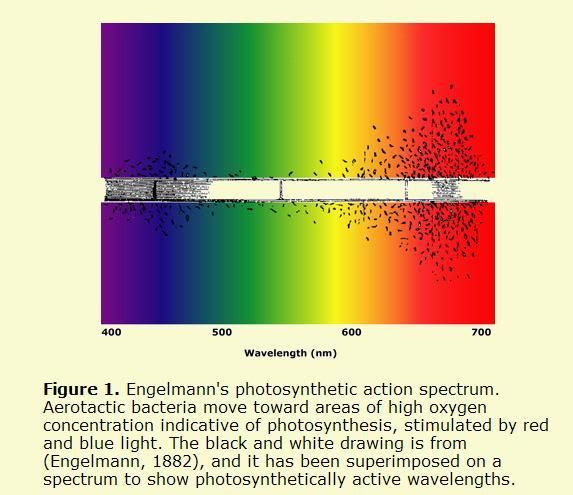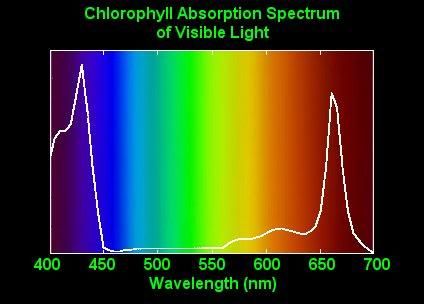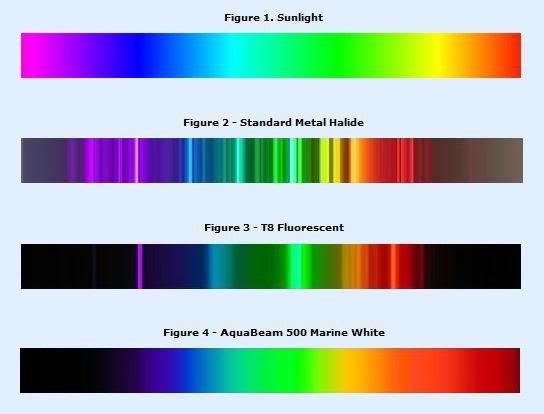A few days ago, I caught a few comments in the forum on using LEDs for fish tanks and the discussion was mixed. High prices, potential unrealized longevity,color temperature and possible plant benefits.
During the discussion, I had been considering buying a string of white waterproof LED lights from a Chinese company I have done business with before. As they just recently started a US warehouse delivery time was cut from several weeks to a few days. The company is called Deal Extreame.com and the item I bought was this:
http://www.dealextre...c-12v-900116211
At 14.95 USD and being waterproof, I thought that this was a low enough price to go ahead and buy one unit and experiment with it to see what potential benefits might be obtained with it's uses. I will say up front that I have no association with this company other than purchasing from them from time to time on low cost items. So far, all the items have been as advertized and in working condition. I take the time to read the comments from other buyers and sometimes the quality and longevity is reported as less than desired. As this is a Chinese company I believe you get what you pay for and sometimes you can be lucky and sometimes not. Cost is the factor in giving something a try for me so let any buyer be warned.
The unit came boxed with no problems. The unit is stated at 4.5 watts and contains 30 LEDs. It runs from a 12 volt power supply which was not included at this price. This was not a problem as I had several cheap 12 volt wall plug type power supplies laying around. The wall plug power supply I used is rated at: input 110/220v; output 12 volts DC at 0.5 amps. It fired up the lights just fine without issues.
As I just got the LEDs today, so I thought I would give it a try on the tank and take some pictures. I used several positions and simply used tape to fasten the LED light strip. I set the camera on a tripod and took a few pictures and saw that the auto programmable aperture/shuttersetting the camera was set on was compensating for the light differences so would not be appropriate to show any actual visual differences between locations and usage in these pictures. I used a wide angle Nikon lens with the camera set on a tripod in front of the aquarium at about 3 feet away. I switched the camera to manual settings and set as standard a setting of F6.7 for 1 second. All pictures presented here are taken using this one setting. I imported the shots from the camera into Photoshop and cropped them and re-sized the pictures from 4194x2076 to 1024x510 to reduce the file size. There was no digital image enhancement performed.
The LED lights:

1. The standard: Here is the first picture. It is my 55 gallon aquarium as it normally is with just the two top florescent bulbs - ON. I have already taped the LEDs to the top front glass but they are OFF for this shot. Florescent ON and LED OFF.
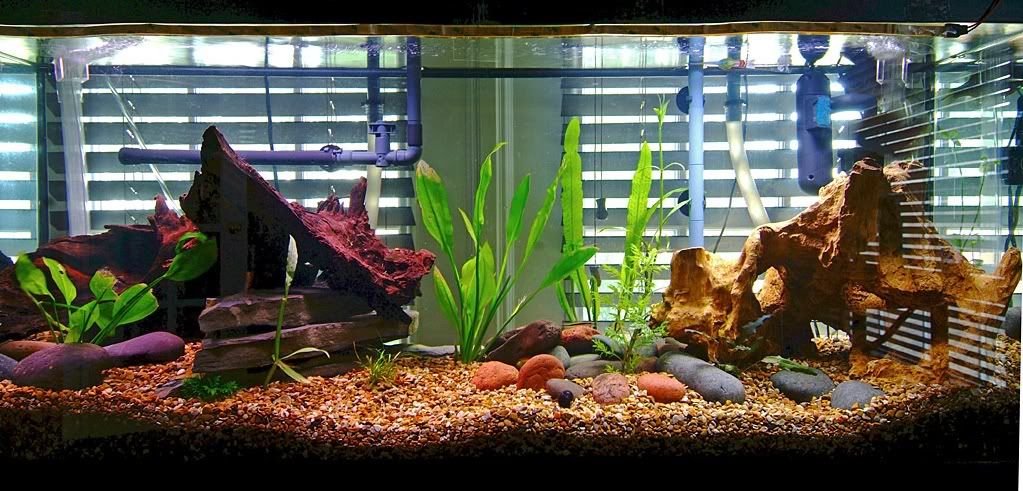
2. LED taped to the outside of the aquarium' s front - top of glass - facing directly straight in. Florescent ON and LED ON.
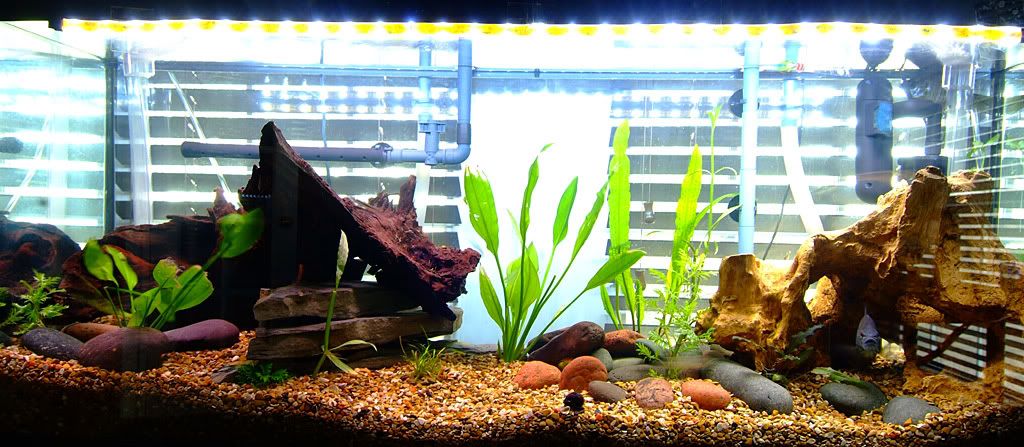
3. LED taped to outside of the aquarium's front glass - angled down at about a 60 degree angle(held in place using tape). Florescent ON and LED ON.
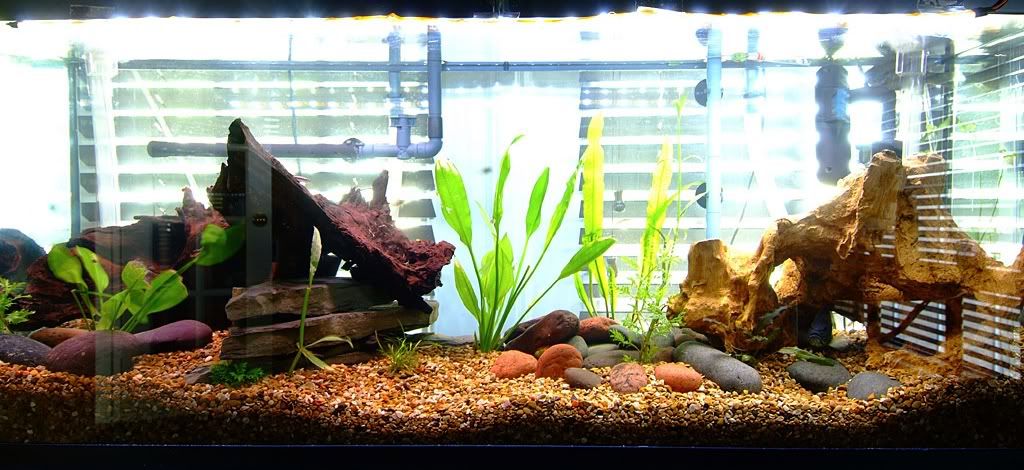
4. LED taped to underside of plastic lids of tank top units with LEDs facing directly down to the gravel. Florescent ON and LED ON.

5. Florescent lights removed and LEDs placed face down on glass where Fluorescents had previously sat - in the same position. Black plastic covers placed back on top so LED light only goes into aquarium - the same as for the fluorescents when they were in place. No Florescent light and LED = ON. It appears to me that the LEDs might be sufficient replacement for the florescent when comparing intensity only.

Sorry, but I don't have light meter so my further comments here are from my visual observations only. Your guess is as good as mine here. I have to say that where I was initially not holding my breath for any good results it appears that these LED's give off a good deal of light. Possible as much as the fluorescents by themselves and maybe a little bit more. The LED color is visibly cooler than the fluorescent lights.
I had originally intended to use the light to simply enhance the ability to see the fish in their colors better. I don't see a big difference at this time with the lights in these temporary positions, however it is apparent that there is additional light in the tank as you can see intensity increases in certain locations and added light glare from the back of the tank off the wall and glass itself. Maybe if they were taped to the front of the glass mid way down this might be achieved but I don't want to put the light there for esthetic reasons.
As for benefitting the plants; the light output from the LED lights is visibly considerable and would probably be a benefit for the plants in the tank as well. I can not be for certain about this without installing the LEDs and watching the plant growth.
This was a low cost experiment and I think it has potential. Hope this provides someone with sufficient information to try experimenting with LEDs themselves.
I have my fish cam running tonight and I have decided to leave the LEDs under the florescent covers with both the LED and florescent lights on during the day. I will check on plant growth with this setup for a few weeks.
http://localhost:808...ndex.html?cam=0
Usil
Edited by Usil, 22 September 2011 - 06:00 PM.



